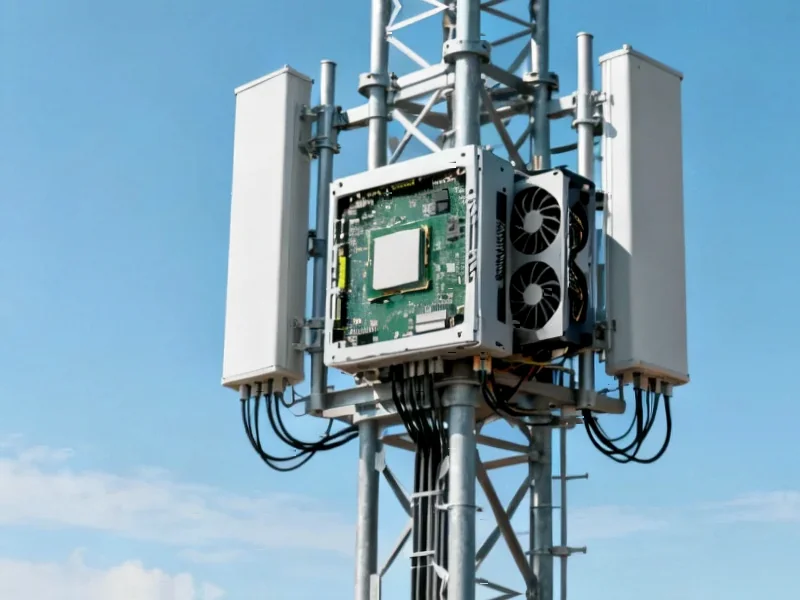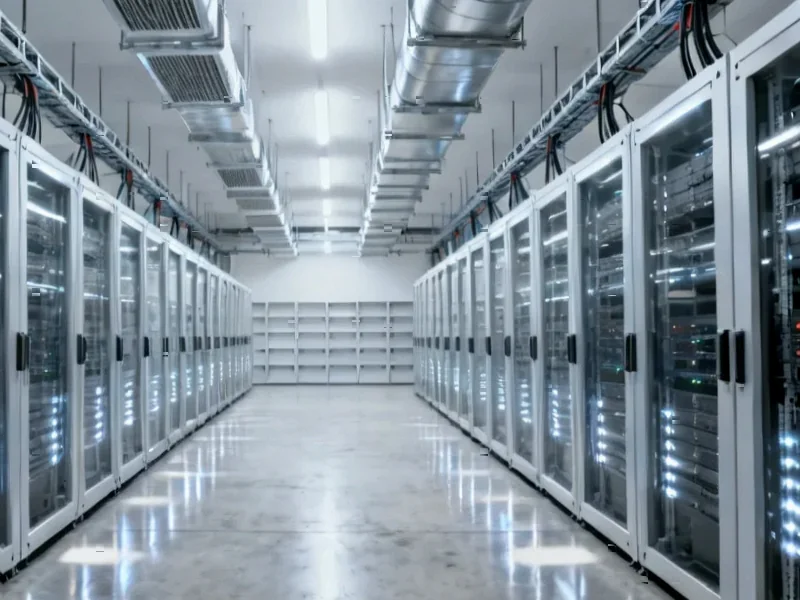According to TheRegister.com, Supermicro posted disappointing Q1 fiscal 2026 results with revenue of $5 billion—down $800 million year-over-year and well below its $6-7 billion forecast. The company’s gross margin hit just 9.5%, significantly trailing competitors like Dell and HPE. CEO Charles Liang blamed a last-minute configuration upgrade from a customer that delayed recognition of about $1.5 billion in revenue. He also revealed Supermicro landed a “strategic large design win” with higher costs and lower margins, referencing work on Nvidia’s GB300 rack-scale AI platform. The immediate market reaction saw Supermicro’s stock price drop 10%, though it remains up 65% since November 2024.
The AI complexity tax is real
Here’s the thing about building AI infrastructure at scale—it’s incredibly messy. Supermicro isn’t just slapping GPUs into boxes anymore. They’re dealing with what Liang called “intricate integration, testing and validation” for these massive GPU racks. Basically, every custom request from big AI clients creates a domino effect that messes with their production schedules and quarter-end numbers.
And that “strategic design win” they’re so proud of? It’s actually a low-margin project. We’re talking about building xAI’s “Colossus” cluster and now this new Nvidia GB300 platform work. So they’re winning these prestigious contracts but not making much money on them. That’s a tough position to be in when investors expect AI to be a goldmine.
Investors aren’t buying the excuses
During the earnings call, analysts weren’t subtle about their concerns. Nehal Chokshi directly called out the pattern of low-margin deals, while Jonathan Tanwanteng asked the obvious question: “How do you prevent that from happening again?” These aren’t minor concerns—they go to the heart of whether Supermicro can actually profit from the AI boom it’s supposedly riding.
CFO David Weigand’s responses were telling. He talked about “thousands and thousands of parts” and customer data center logistics that “don’t always line up perfectly with our quarter ends.” Translation: This stuff is hard, and sometimes we’ll miss our numbers. But hey, look at our revenue growth from $7 billion to $22 billion over two years!
Supermicro is playing the long game
Despite the quarterly stumble, Supermicro’s leadership remains bullish. They’re forecasting “at least $36 billion” for fiscal 2026 and building capacity for $100 billion in annual orders. The bet seems to be that once they’ve locked in these mega-customers with their Data Center Building Block Solutions, the follow-on business will come with better margins.
But here’s the catch—they won’t give formal guidance on when margins might improve. That’s a red flag for anyone hoping the profitability issues are temporary. They’re essentially saying “trust us” while admitting the nature of these large AI projects makes predictability nearly impossible.
The bottom line for AI infrastructure
Supermicro’s situation reveals something important about the AI hardware gold rush. Being the company that builds the picks and shovels doesn’t automatically mean you’ll strike it rich. The complexity of these systems, combined with the bargaining power of huge AI clients, is squeezing margins hard.
So is this just growing pains or a fundamental business model problem? For now, Supermicro gets the benefit of the doubt because their revenue trajectory is still impressive. But if they can’t figure out how to make these AI projects profitable, even $100 billion in capacity won’t save them from investor skepticism. The AI rollercoaster has plenty more twists ahead.




